Workshops
In my workshops, students imagine deeply and learn to listen for their writer’s voice.
They look closely for details that hold meaning for them.
Before writing, we create a poem together as a class, wondering and imagining, reaching to discover the heart of the poem, brainstorming vivid verbs, details and similes. As we draft, students learn to listen for the voice of the poem, discover its rhythms and patterns. Then, working across a large piece of art paper, they write their own poems, edit, revise, and share aloud with the class.
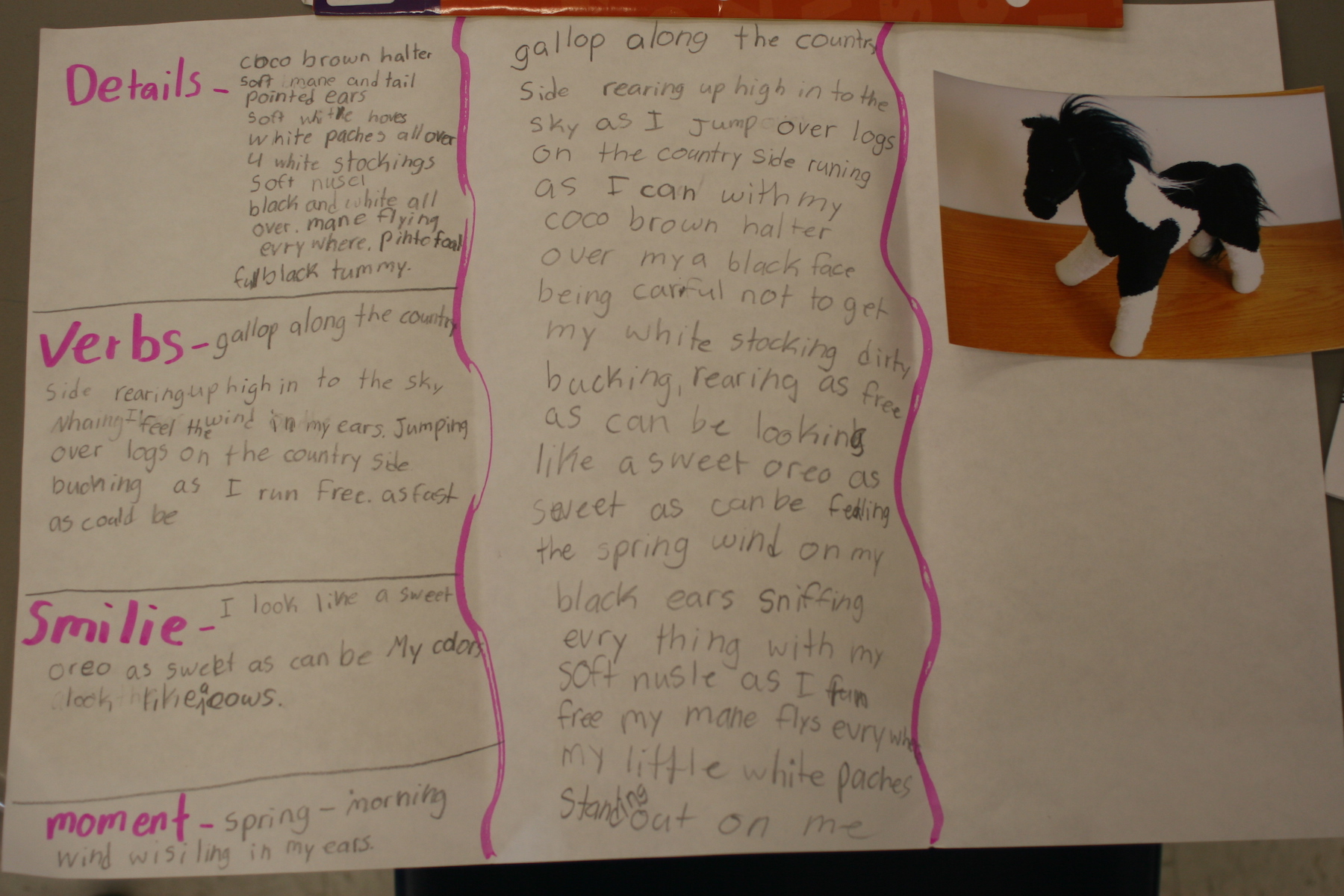
Our sparks for creating are always new, evolving out of my own writing and travels. Often, I work from photographs I take in nature – close-up images of creatures, or landscapes that convey a mood, emotion, or state of mind. I enjoy creating workshops to tie with the curriculum, recently Yosemite, Mount Rainier, and Rocky Mountain National Parks to link to the study of landforms and United States geography. Other workshops are inspired by artists such as Georgia O’Keeffe, Vincent Van Gogh, or Claude Monet. Wherever possible, I find it wonderful to collaborate with the art teacher so students may write from their own paintings, weavings, or clay. I also like to work with classroom teachers to create opportunities for students to write from nature, take photos of their own, and draft their poems out of doors.
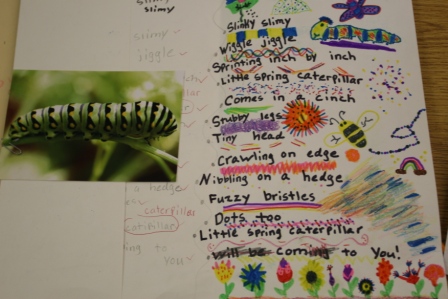
A workshop lasts an hour and 15 minutes and is held in the classroom. In a residency where I see each class three or more times, I like to meet with the teachers to plan.
Creatures

Creatures Workshop
Working with photos I take of creatures in nature, students learn to sense a moment.
With the click of a camera, a moment comes to you. Look closely. Take your time.
Now close your eyes – can you see it in your mind’s eye? Feel the moment. Touch the stillness of the duckling’s morning.
What details catch your eye? What similes might you create? What verbs imagine? Remember, daydream is a verb. So is wish. What might the ducklings be dreaming?
Wonder and ask yourself questions. Brainstorm, and when you begin to hear your writer’s voice, draft your poem.
Family Photos
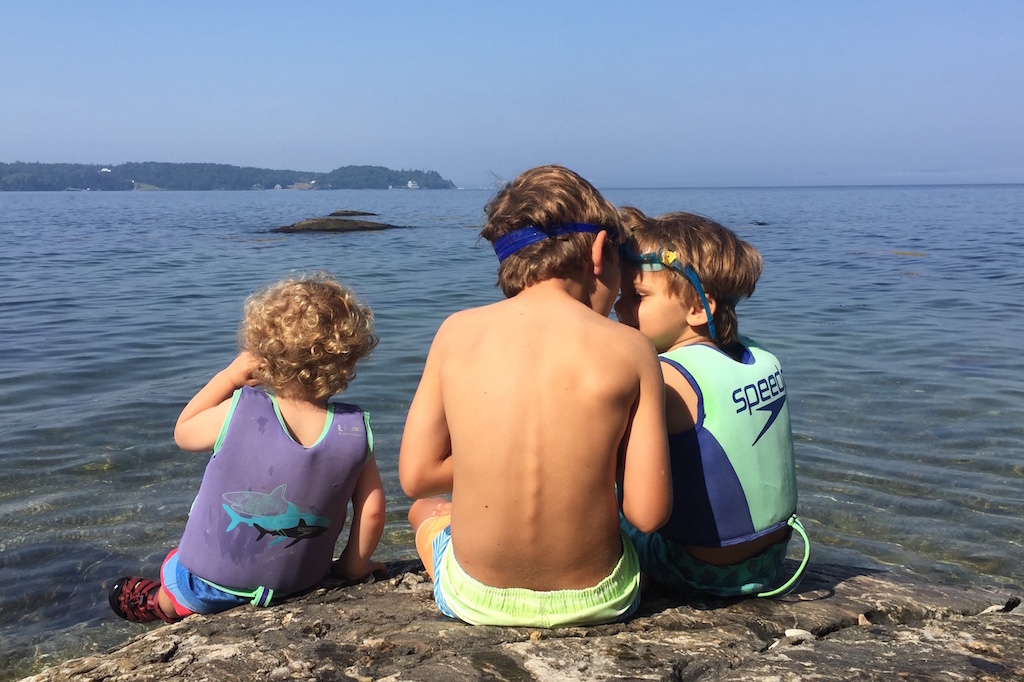
Family Photos Workshop
Writing from family snapshots, students learn to find the heart
of a memory, and often discover the power of a poem to express
feelings.
Look for photos of yourself with someone you love — brothers,
sisters, cousins, friends, pets, grandparents, parents …
or maybe a place you love. Choose a photo that whispers, “Write about me!” Where does your eye go when you look at your picture? Where does it want to look and look, and look some more? Focus here, and give yourself time. Feel the spirit of the moment. What details catch your eye? Let the details you notice lead you to your meaning.
National Parks
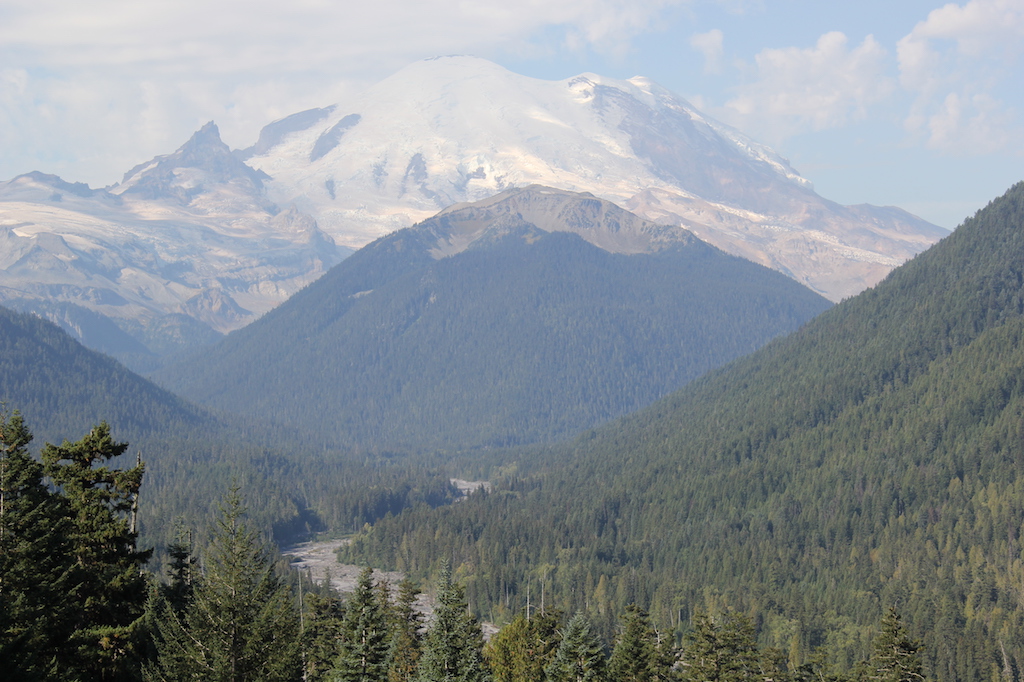
National Parks
The National Parks workshop ties well with the study of US geography and landforms.
I begin with a poetry slideshow, sharing photos I have taken and poems I’ve written while hiking in Yosemite, Mount Rainier, and Rocky Mountain National Parks. Students learn to explore the possibilities of meaning hidden in a landscape. They choose a photo, step into the moment captured there, and, looking long, reach beyond what the eye sees to an idea. Does the vast waterfall speak to you of a journey? Freedom? Power? A world new born? At the end of the workshop, students share their writing with the class, presenting their poems with the photos they have chosen.
Student Art
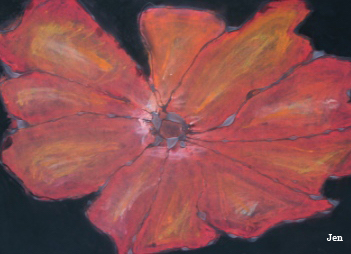
Student Art
Poetry from Art: Collaborating with Art Teachers
When students have the opportunity to write from their own paintings, or work their poetry and art together as one, the creative process deepens. Looking closely for detail, listening with sensitivity, they discover how the insights from painting may enrich their writing, and writing inspire their painting. Wonderful, serendipitous things happen.
The above pastel by a fourth-grader was inspired by artist and teacher Colleen Pearce in a study of Georgia O’Keeffe.
